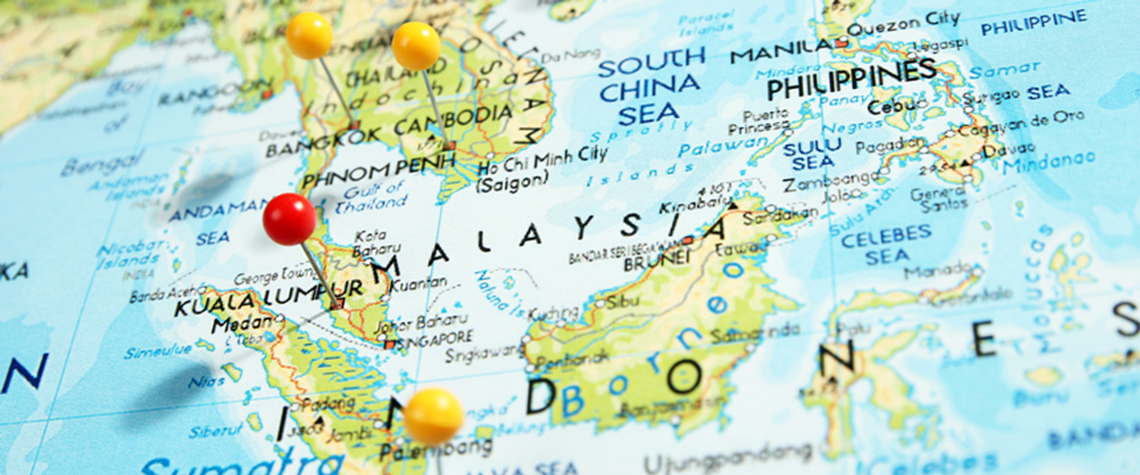Southeast Asia counting on carbon capture
The region’s shift from coal- to gas-fired generation will require additional strategies to meet ambitious carbon targets
Governments and energy industry players in Southeast Asia are planning to use carbon capture and storage (CCS) and so-called ‘carbon-neutral’ LNG to extend the use of gas in the long term, as the question of how to meet ambitious climate commitments without causing too much disruption to regional economies comes ever more sharply into focus. A radical transformation of Southeast Asia’s energy sector is required to reach the region’s 2050 net-zero and carbon-neutrality aspirations. As a consequence, the region is tipped to be one of the most important drivers of gas demand growth, amid rising electricity consumption from improving living standards and industrialisation. Southeast Asia’s gas d

Also in this section
24 December 2025
As activity in the US Gulf has stagnated at a lower level, the government is taking steps to encourage fresh exploration and bolster field development work
23 December 2025
The new government has brought stability and security to the country, with the door now open to international investment
23 December 2025
A third wave of LNG supply is coming, and with it a likely oversupply of the fuel by 2028
22 December 2025
Weakening climate resolve in the developed world and rapidly growing demand in developing countries means peak oil is still a long way away







